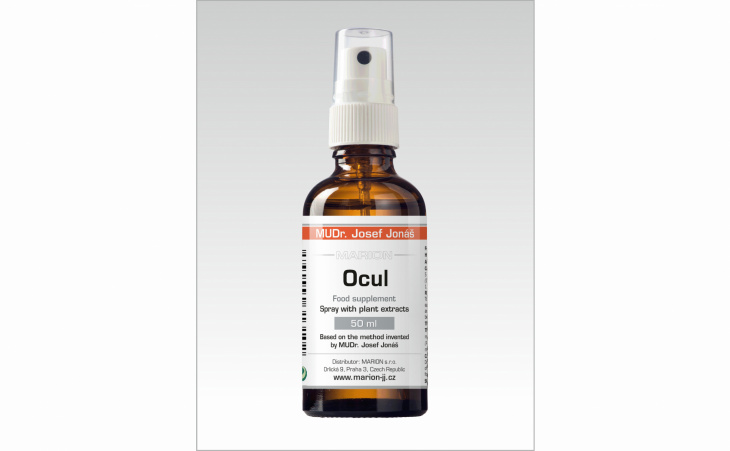Indication:
| Toxins | Indication |
| Amino acids | Some toxins typical for the eye |
| Borrelia | |
| Magnesium | |
| Toxic metals | |
| Vitamin |
Detail:
The eye consists of both the optical organ - the eye ball - and accessory organs such as the eyelids, lacrimal glands and conjunctiva. The optical apparatus degenerates with age, especially the lens and retina. A serious toxin is UVB radiation, which increasingly damages the eye as the ozone layer becomes thinner. Sunglasses with a filter are a poor defense. The retina is a nerve structure that is also damaged by UVB rays and it suffers from the same nerve infections as other structures, i.e.., borrelia or viruses. The retina is richly interwoven with blood vessels and sclerotic changes appear earlier in the retina than in the brain. The retina is also attacked by an autoimmune programme and irreversible degenerative changes occur. The eye can also suffer from cancer or melanomas. The lacrimal gland can also suffer from autoimmune problems. The conjunctiva and eyelids are sensitive to various microorganisms, especially viruses and cocci. Vitamin B deficiency is often involved in eyelid inflammation. That is why we combine the Ocul preparation with the Col preparation and also with the Mun preparation as a basic preparation against autoimmunity issues. The Autim preparation is also suitable. We cannot detoxify a developed glaucoma because the lens has neither blood nor lymphatic vessels. Glaucoma, i.e. increased pressure between the ventricles, is usually a matter of borrelia and its adjustment is very promising.


